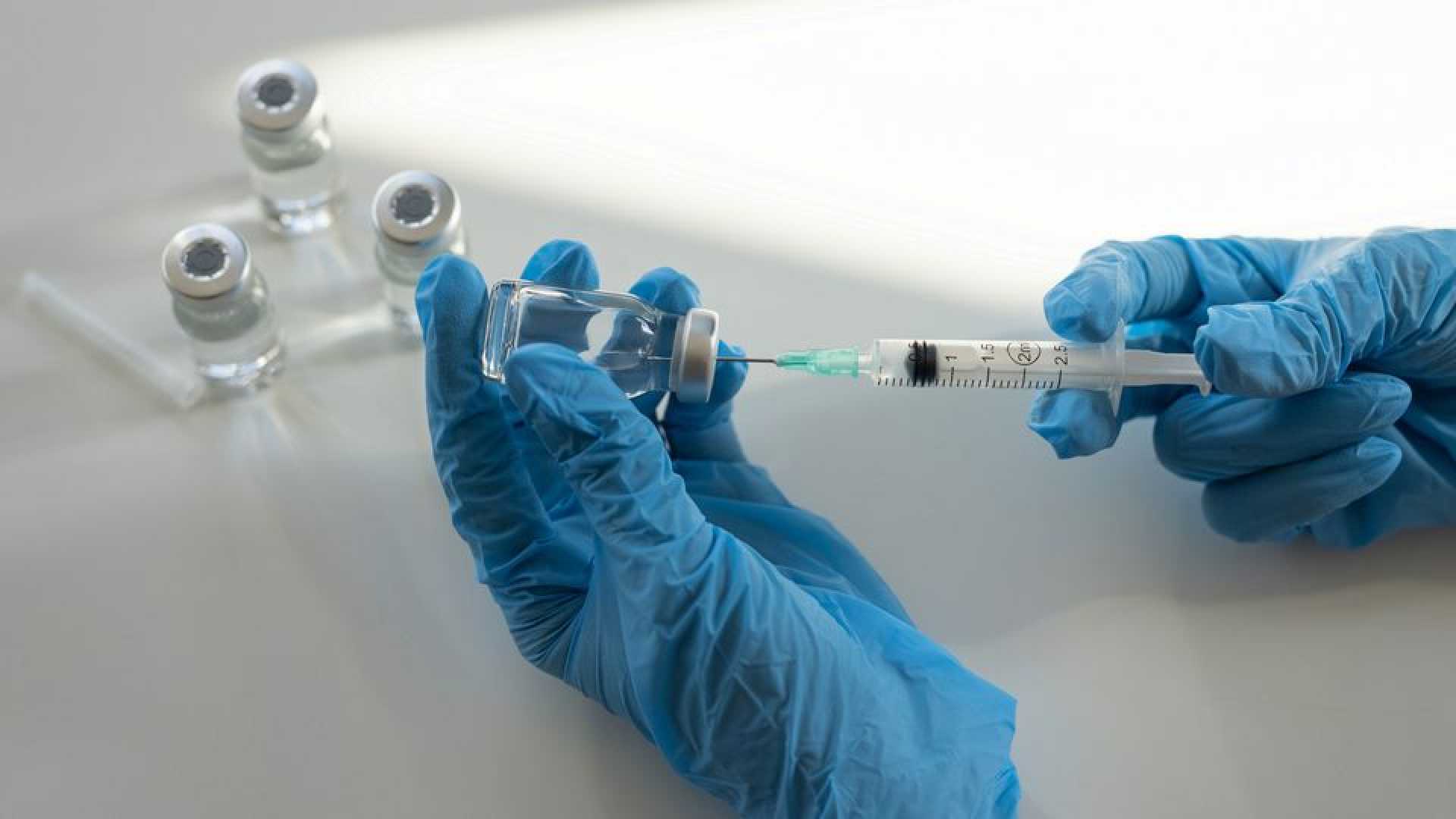Health
University of Buffalo Vaccine Shows Promise Against Avian Flu in Mice

BUFFALO, N.Y. — Researchers at the University of Buffalo announced this week that an experimental vaccine has shown the potential to protect mice against the H5N1 strain of the avian flu virus. This development could be crucial as avian flu continues to mutate, infect dairy cows, and lead to significant poultry losses, exacerbating egg shortages.
Dr. Jonathan Lovell, a professor in the Department of Biomedical Engineering and lead author of the study, emphasized the encouraging nature of the preliminary results. “We obviously have a lot more work to do, but the results thus far are extremely encouraging,” Lovell said. The study was published on Thursday in the journal
The research focused on the H5N1 variant known as 2.3.4.4b, which has led to widespread outbreaks among wild birds and poultry and has been reported to infect various mammalian species, including dairy cattle and sea lions.
In their research, Lovell and his team developed an innovative vaccine platform that targets both H5 and N1 proteins. This unique approach employs ‘his-tags’ to enhance the vaccine’s effectiveness by incorporating proteins into tiny cobalt-based sacs that include important components for cell membranes. Furthermore, they introduced adjuvants—substances that boost the immune response—to strengthen the vaccine.
Unlike traditional influenza vaccinations that utilize live or inactivated viruses, this vaccine is based on bits of genetic material that initiate an immune response in mice. “Because our vaccine does not require the use of eggs in the manufacturing process, as many influenza vaccines do, it is potentially a faster and more efficient way to protect humans and animals from deadly strains of bird flu,” said Lovell.
In testing, doses containing H5 alone offered complete protection against the virus, while the N1 protein conferred partial immunity. Doses combining both proteins also provided full protection, though H5 alone proved to be more effective. “These results highlight H5’s crucial role in developing immunity to avian flu,” Lovell noted. The team intends to continue refining the vaccine, exploring varied doses and testing conditions.
Lovell added, “These bivalent formulations could be extremely advantageous as H5N1 evolves,” pointing to the vaccine’s potential to address emerging viral threats effectively.












